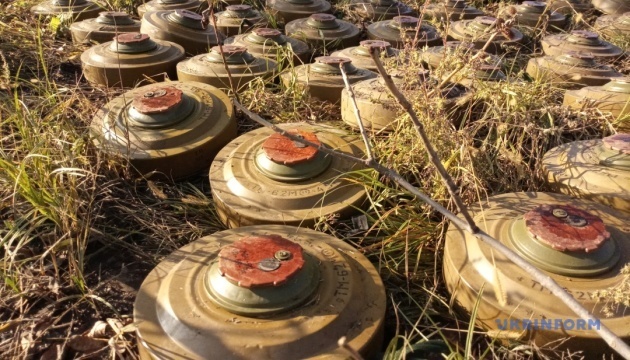Sustainable development goals for industry, innovation, and infrastructure: demolition waste incorporated with nanoplastic waste enhanced the physicomechanical properties of white cement paste composites
The COVID-19 pandemic significantly impacts the increase in plastic waste from food packaging, masks, gloves, and personal protective equipment (PPE), resulting in an environmental disaster, if collected, processed, transported, or disposed inappropriately. Plastic waste has a very long deterioration time in the environment (soil and water), cheap, and plentiful. Additionally, construction waste disposal is a process that transfers debris to a state that does lead to any sustainable or environmental problems. The core objective of this current research work is to provide safety and efficacy by partial substitution of both ultrafine demolition waste (UDW), incorporated with nanoplastic waste (NPW), for eco-white cement (E-WC) composition. E-WC is designed by partially substituted WC with UDW (1.0, 5.0, 10.0, 15.0, and 20.0 wt.%); incorporated with NPW (1.0 and 3.0 wt.%); to adequately protect people and the environment over long periods. The context examines the high performance, physicomechanical properties and high durability of blends as presences of silica in UDW proposed a hydraulic filler material, plus; high surface area of NPW. The microstructure and workability are characterized by X-Ray Fluorescence (XRF), Scanning Electron Microscope (SEM), and Transmission Electron Microscope (TEM) measurements. The record results show greatly enhanced in the mechanical strength due to the combination of NPW and UDW (active silica). With the presence of NPW and UDW in WC matrix, the highest level of crystallization formed consequently a decrease in whiteness reflection (Ry) and total porosity. In summary, WC blend with NPW and UDW reflects better workability and energy saving qualities, which are economical and environmentally beneficial and may result in decreased construction budget and improve a long-term raw material sustainability.
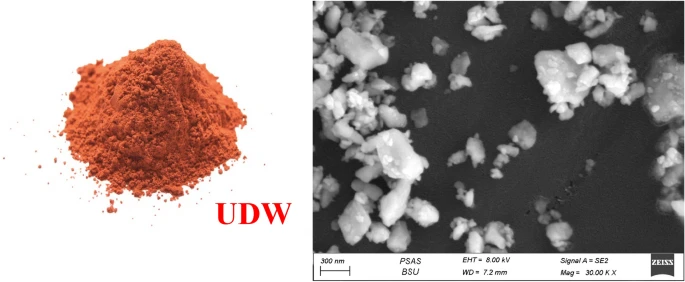
Abstract
The COVID-19 pandemic significantly impacts the increase in plastic waste from food packaging, masks, gloves, and personal protective equipment (PPE), resulting in an environmental disaster, if collected, processed, transported, or disposed inappropriately. Plastic waste has a very long deterioration time in the environment (soil and water), cheap, and plentiful. Additionally, construction waste disposal is a process that transfers debris to a state that does lead to any sustainable or environmental problems. The core objective of this current research work is to provide safety and efficacy by partial substitution of both ultrafine demolition waste (UDW), incorporated with nanoplastic waste (NPW), for eco-white cement (E-WC) composition. E-WC is designed by partially substituted WC with UDW (1.0, 5.0, 10.0, 15.0, and 20.0 wt.%); incorporated with NPW (1.0 and 3.0 wt.%); to adequately protect people and the environment over long periods. The context examines the high performance, physicomechanical properties and high durability of blends as presences of silica in UDW proposed a hydraulic filler material, plus; high surface area of NPW. The microstructure and workability are characterized by X-Ray Fluorescence (XRF), Scanning Electron Microscope (SEM), and Transmission Electron Microscope (TEM) measurements. The record results show greatly enhanced in the mechanical strength due to the combination of NPW and UDW (active silica). With the presence of NPW and UDW in WC matrix, the highest level of crystallization formed consequently a decrease in whiteness reflection (Ry) and total porosity. In summary, WC blend with NPW and UDW reflects better workability and energy saving qualities, which are economical and environmentally beneficial and may result in decreased construction budget and improve a long-term raw material sustainability.
Abdelzaher, M.A. Sustainable development goals for industry, innovation, and infrastructure: demolition waste incorporated with nanoplastic waste enhanced the physicomechanical properties of white cement paste composites. Appl Nanosci 13, 5521–5536 (2023). https://doi.org/10.1007/s13204-023-02766-w
What is Your Reaction?
 Like
0
Like
0
 Dislike
0
Dislike
0
 Love
0
Love
0
 Funny
1
Funny
1
 Angry
0
Angry
0
 Sad
0
Sad
0
 Wow
0
Wow
0
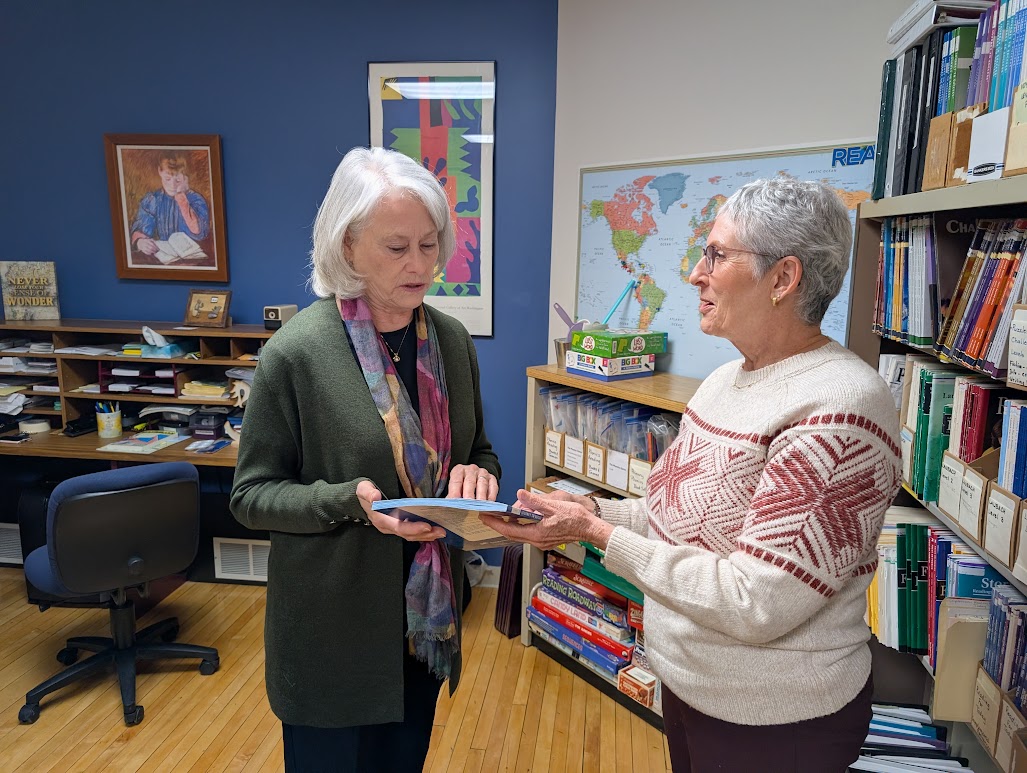

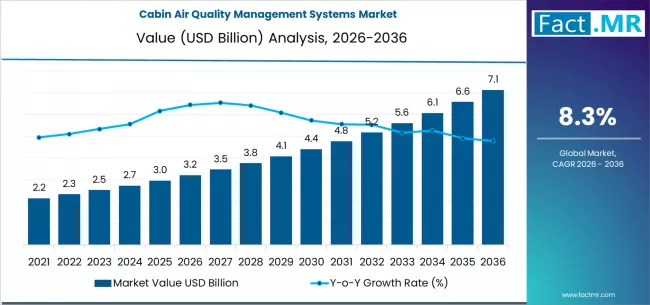










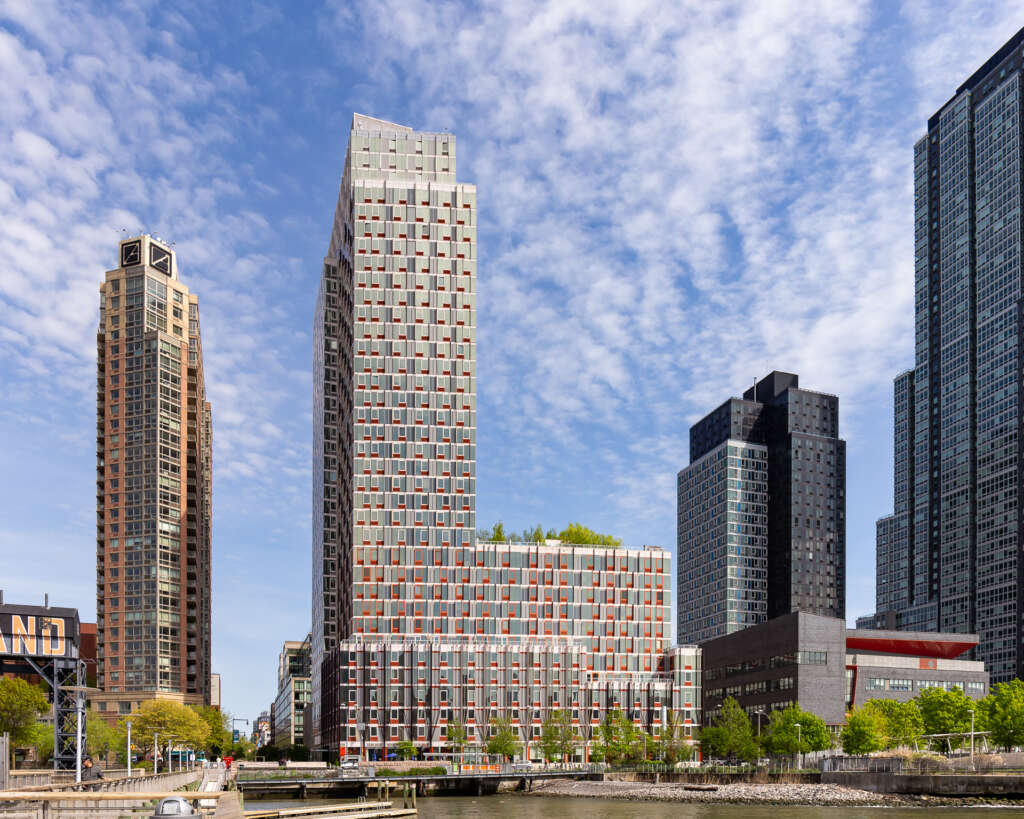









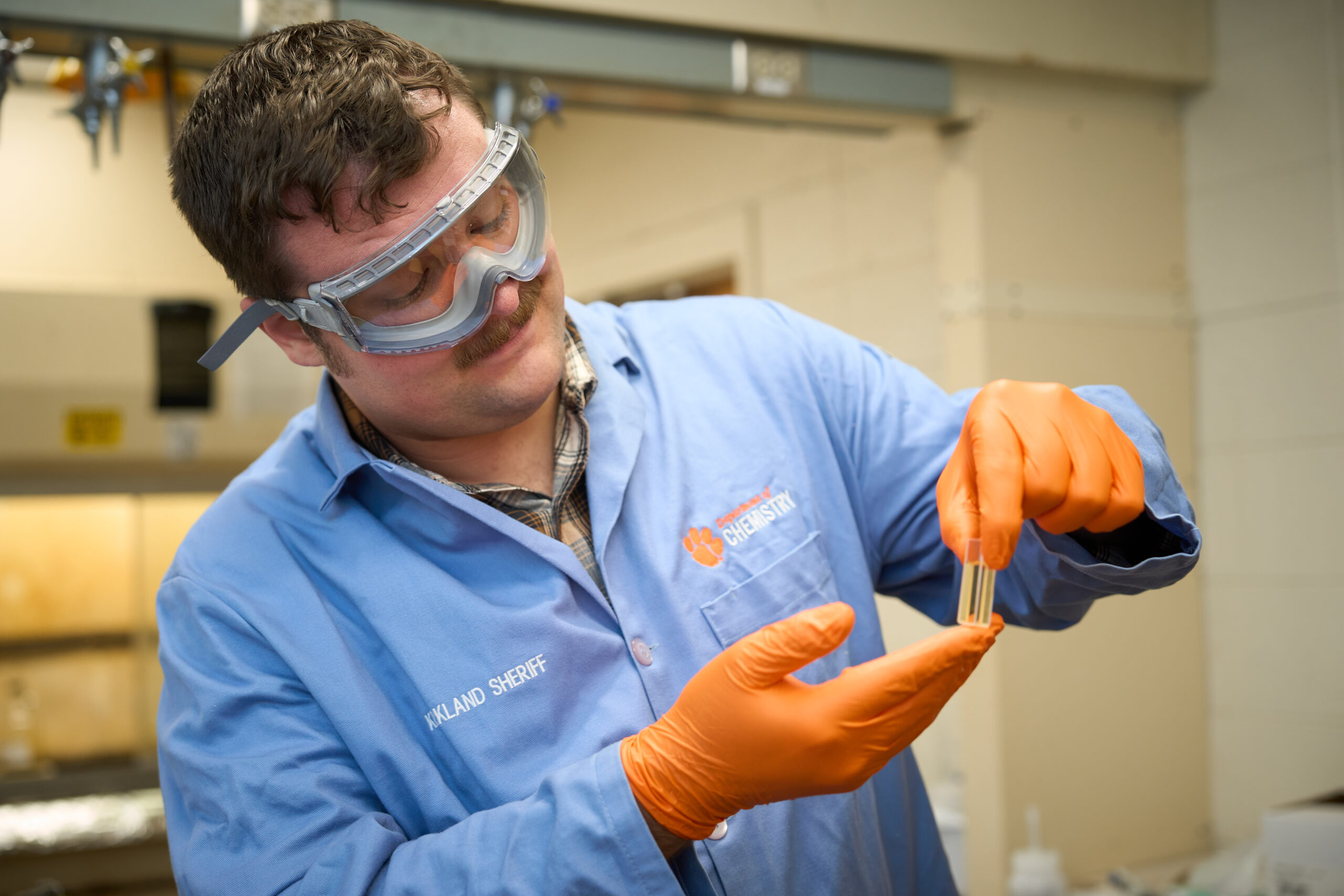




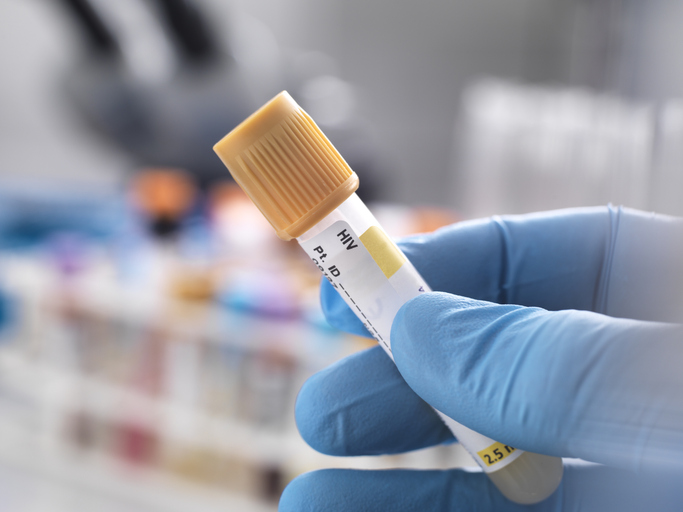














;Resize=620#)







